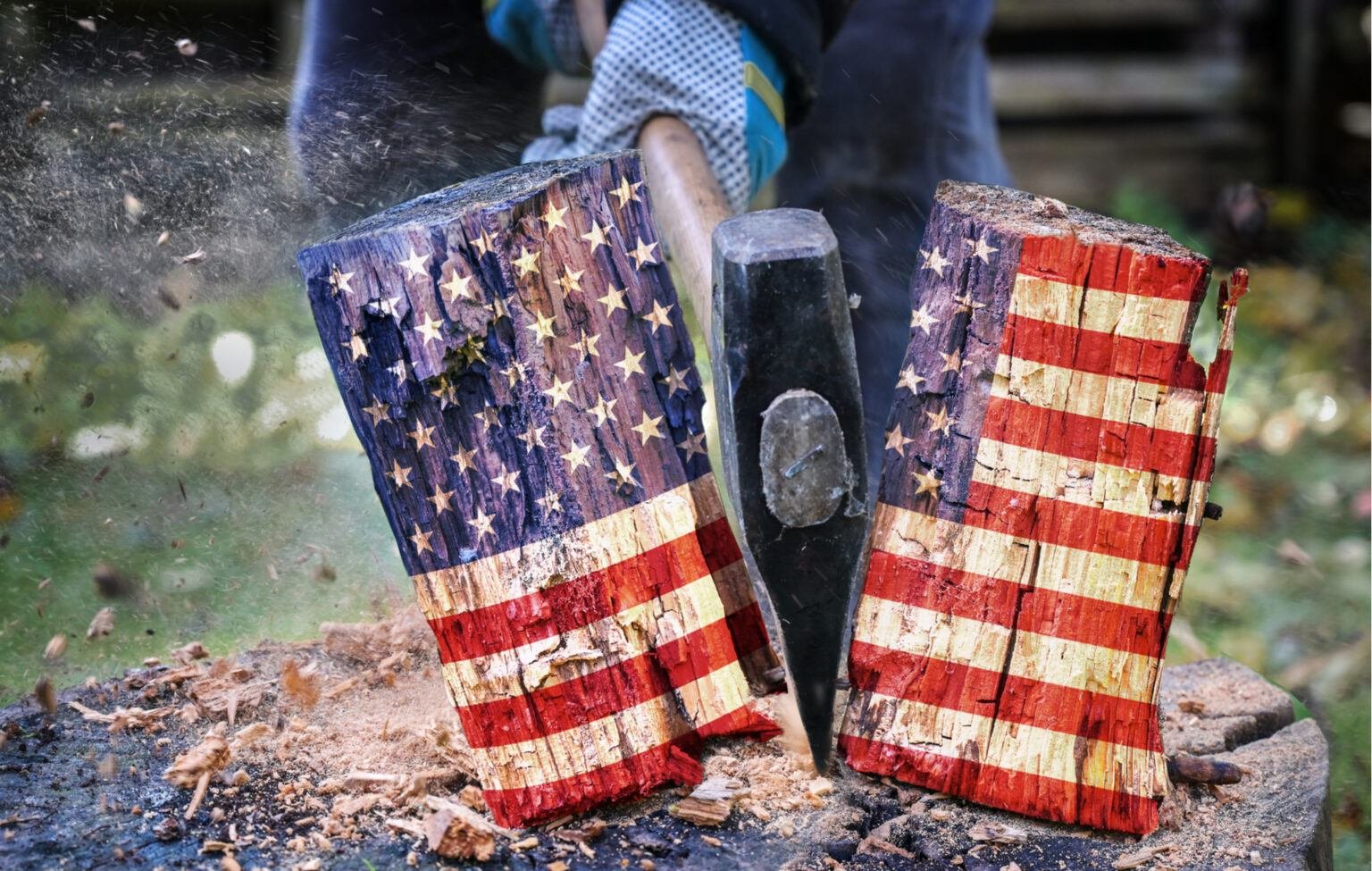Catholic churches and dioceses in Kansas spent millions of dollars in support of a referendum to remove the right to abortion from the state’s constitution.
But in America’s first big post-Roe test, this ballot measure failed — and by a wide margin — with nearly three in five voters opposing it.
Given the Sunflower State’s solid conservative credentials, the referendum’s defeat might qualify as Kansas’ second-biggest upset in recent memory (college football fans won’t soon forget No. 1).
What exactly happened? Here are five takeaways:
1. Yes, Kansas has a history of voting for conservative Republicans, particularly for president. But its political leanings are more complicated.
On the one hand, the New York Times’ Mitch Smith and Katie Glueck note:
While Kansas has a history of voting for governors of both parties, the state almost always backs Republicans for president — Lyndon B. Johnson in 1964 was a notable exception. It is a largely white state and many Kansans identify as Christians, with a sizable evangelical constituency. Roman Catholic Archbishop Joseph F. Naumann of Kansas City, Kan., has long been a hero to many conservative Catholics for his ardent opposition to abortion, contraception and gay marriage.
But on the other hand, Kansas State University political scientist Brianne Heidbreder points to Kansas’ political unpredictably dating back to 1861, when it became the 34th state.
Heidbreder spoke to the New York Times’ Maggie Astor:
“While it is a very conservative state, there is a large proportion of the electorate that really considers itself moderate,” Dr. Heidbreder added.
Patrick Miller, an associate professor of political science at the University of Kansas, pointed to a crucial distinction: “We’re more Republican than we are conservative.”










